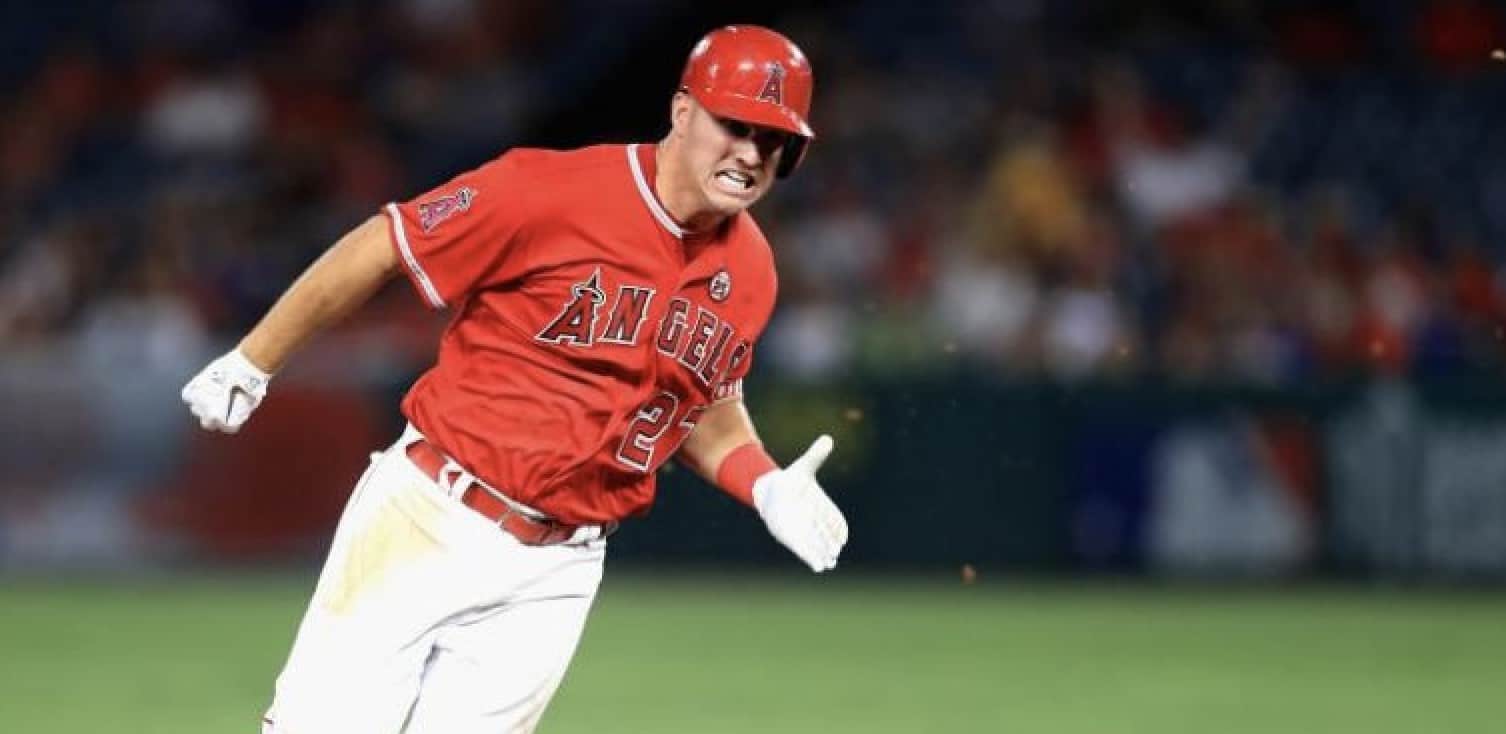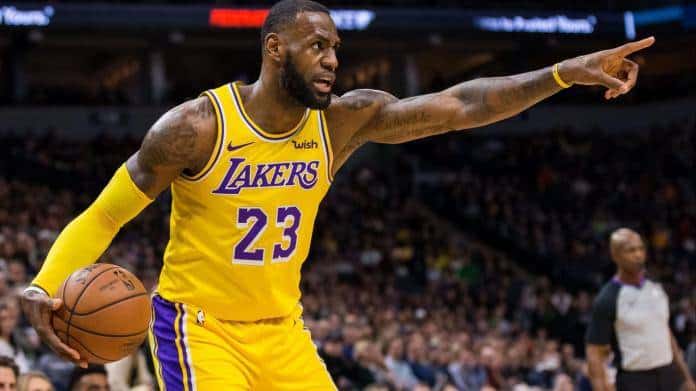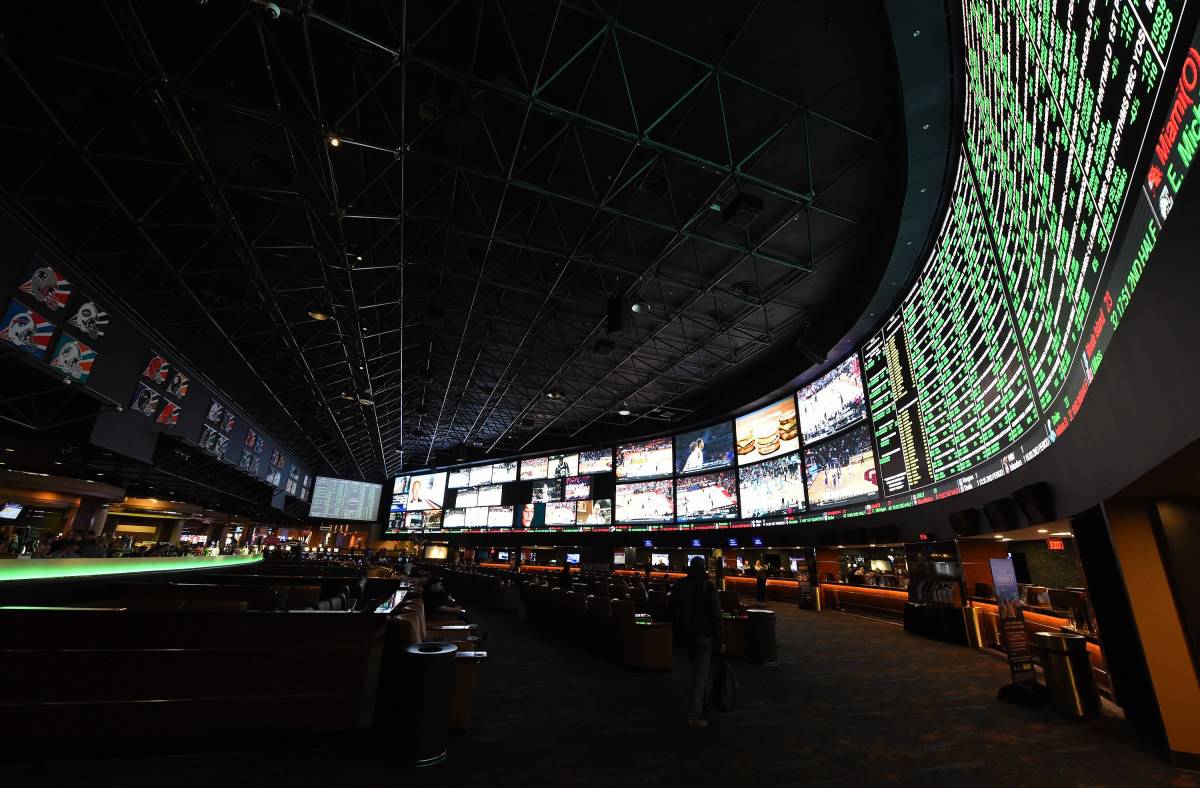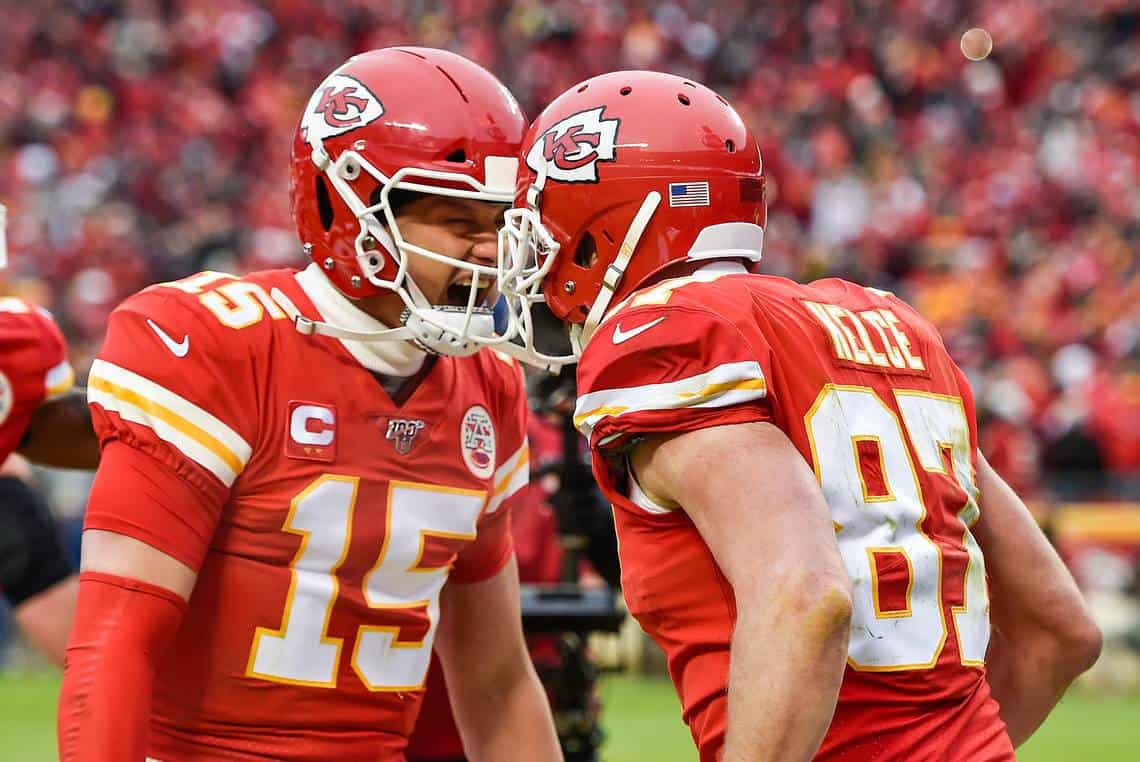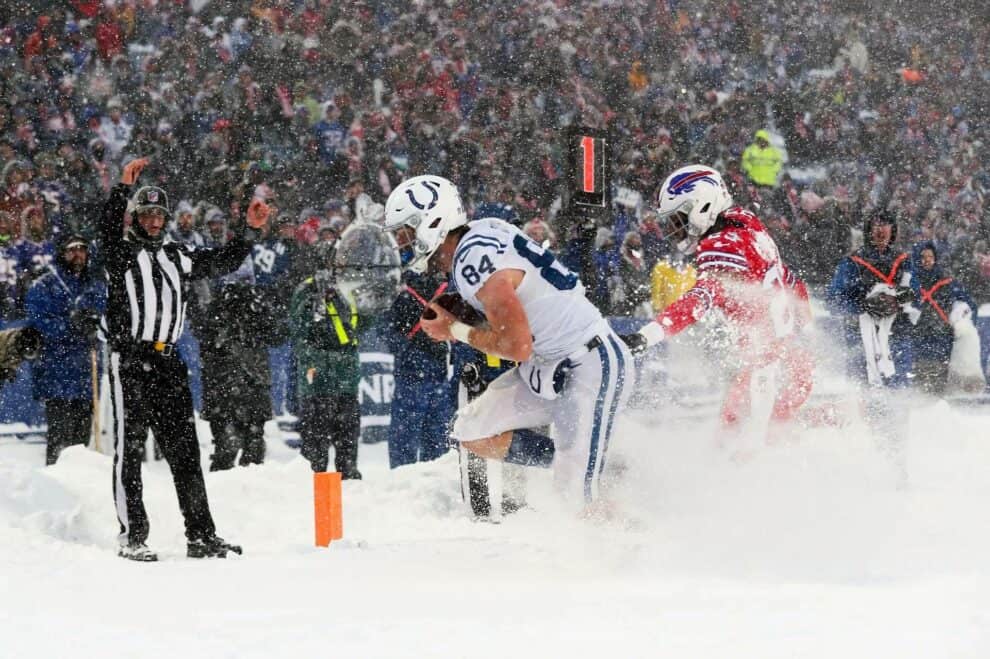
- There have been a limited number of games played on Christmas Day since the advent of televised sports in the mid-20th century.
- Initially, the NFL was the most active sports league on Christmas Day.
- In the 1980s, the NBA began dominating Christmas Day TV sports programming.
In a lifetime of being involved in sports betting, Christmas Eve and Christmas Day have historically been two of the slowest days of the year. Christmas Eve, in particular, has been a sports dead zone for years. In fact, it is likely the single slowest sports betting day on the calendar. Christmas Day, on the other hand, has offered a limited number of high profile games since the advent of television. Here’s a brief history of TV sports on Christmas Day.
The tradition of televised sporting events in the United States on Christmas Day has evolved into a staple of American culture, blending the festive spirit of the holiday with the nation’s love for sports. This history can be traced back several decades, showcasing a blend of commercial interests, evolving TV technology, and changes in social norms.
The history of Christmas Day televised sports in the U.S. began in the mid-20th century. During this era, television was emerging as a new and powerful medium, swiftly becoming a centerpiece in American households. The National Football League (NFL) and the National Basketball Association (NBA) were among the first major sports leagues to recognize the potential of broadcasting games on this special day.
Initially, the NFL took the lead in Christmas Day broadcasts. The first NFL game aired on December 25, 1971, a playoff contest between the Kansas City Chiefs and the Miami Dolphins. This game, known for being the longest in NFL history, lasted over 82 minutes of playing time and captivated audiences across the nation. The success of this broadcast set a precedent, showing that sports could not only thrive on Christmas Day but could also become a significant part of holiday traditions.
In the 1980s, the NBA began to dominate the Christmas Day sports scene. The league scheduled games featuring star players and marquee teams, understanding that these matchups would draw large viewerships. One of the most notable early games was the 1985 matchup between the New York Knicks and the Boston Celtics, showcasing stars like Patrick Ewing and Larry Bird.
As the NBA grew in popularity, so did its Christmas Day games. The 1990s and 2000s saw some of the most memorable Christmas Day games, often featuring rivalries and rematches of the previous season’s playoffs. The Los Angeles Lakers, Chicago Bulls, and Boston Celtics became regular features of the NBA’s Christmas Day lineup, bringing in millions of viewers.
The broadcasting of sports on Christmas Day had a considerable impact on both the sports industry and American culture. For the sports leagues, it meant a significant boost in revenue from advertising and viewership. For many Americans, watching these games became an integral part of their holiday experience, a time to gather with family and enjoy a shared interest.
Moreover, the rise of cable television and later, digital streaming, expanded the reach of these broadcasts. High-definition televisions and advanced broadcasting technologies enhanced the viewing experience, making it more engaging and visually appealing.
Despite their popularity, Christmas Day sports broadcasts have not been without controversy. Some critics argue that these games commercialize the holiday and detract from its traditional values. Others point out the strain it puts on athletes and their families, as players have to work on a day traditionally reserved for family time.
In recent years, the tradition of Christmas Day sports has continued to evolve. The NBA, in particular, has used this day to showcase its global appeal, featuring players from around the world and broadcasting games in multiple languages. This international focus reflects the globalized nature of sports fandom and the increasing importance of overseas markets for American sports leagues.
The history of televised sporting events in the United States on Christmas Day is a fascinating reflection of the interplay between sports, media, and culture. From the early broadcasts of NFL games to the NBA’s Christmas showcases, these events have become a beloved holiday tradition for many Americans. As the media landscape continues to evolve, so too will the tradition of Christmas Day sports, adapting to new technologies and audiences while maintaining its special place in American culture.






